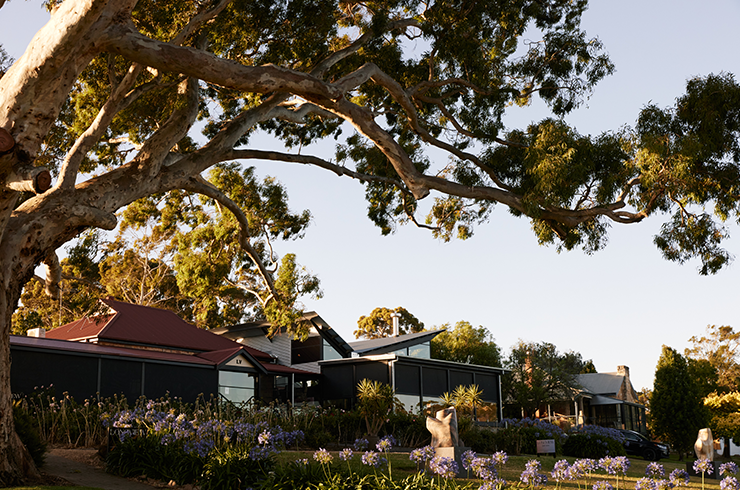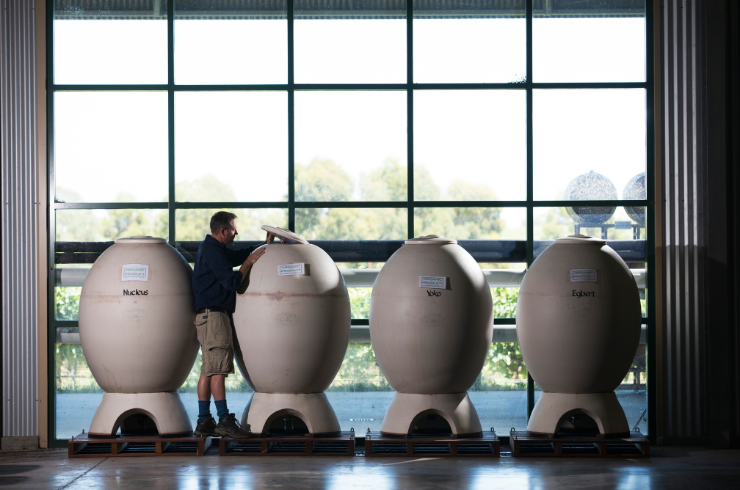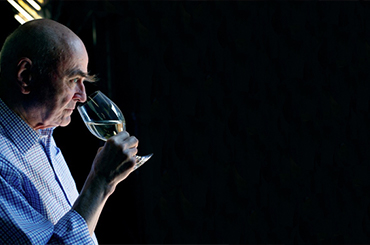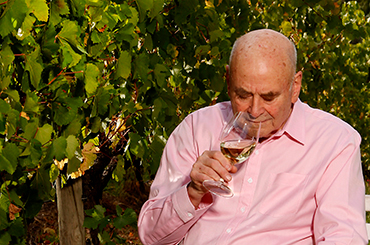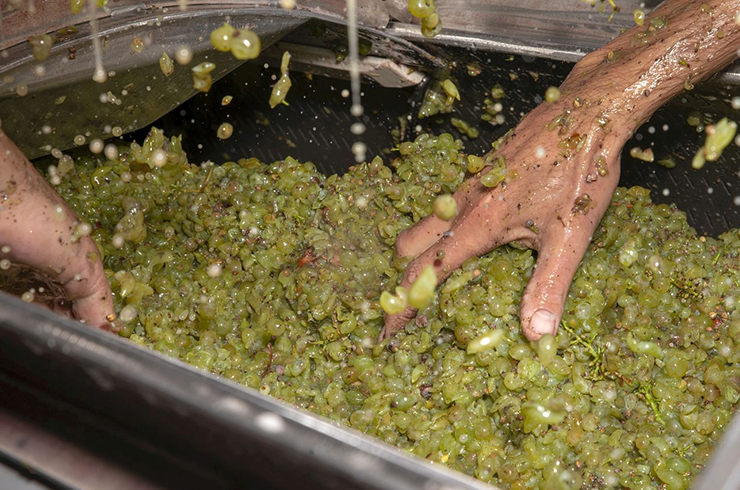Ever since Robert Parker introduced his 100-point system in the late 1970s, winemakers, retailers and consumers have been obsessed with scores.
We’re not immune at Halliday – far from it. And while there is merit in the system, which evaluates a wine based on its colour, aroma, flavour, structure, finish and typicity, there’s a lot that can’t be conveyed by a number.
Unlike in a school grading system (which is what Parker’s system was modelled on), there aren't really ‘rights’ or ‘wrongs’ when it comes to wine, so there will always be an element of subjectivity to the assessment. Experienced tasters can tell you whether a wine is full-bodied, balanced, or high acid, and appraise the permissible threshold for faults, but they can’t say if you will enjoy drinking it.
Scores also don’t consider context. Where, how, in what company, in what mood and with what all play into your appreciation of a wine. A technical analysis would place a Figeac above a simple picpoul, but a glass of the latter with a plate of freshly shucked oysters on the coast is hard to beat.
The other important facts about a wine that a score won’t reveal include price and value (which is fair in certain settings, but arguably significant for the consumer), and pedigree. A wine with flaws will generally be marked down, even if those flaws – such as a hint of brett, which can add character and complexity, or volatile acidity (VA), which can add lift – make the wine more interesting.
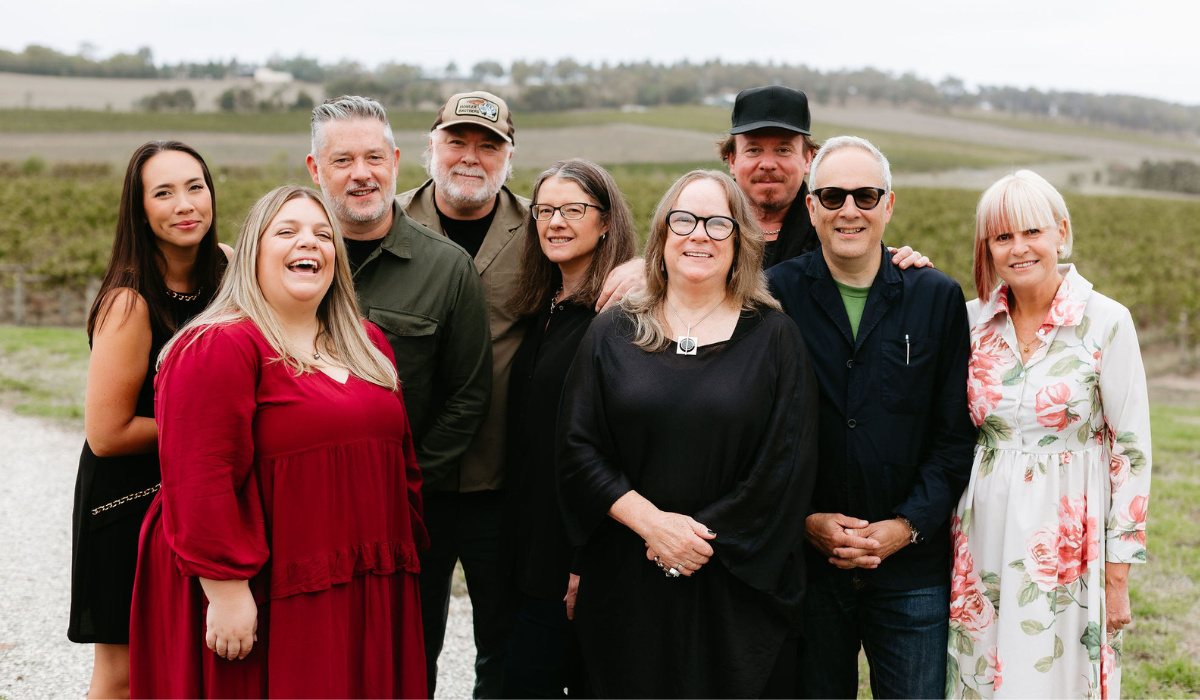
Scores also don’t take into account the fact that quite often we don’t feel like drinking a complex, thought-provoking wine. Dining at a three-hat restaurant is a treat, but not something anyone would want to do every night. It’s the same with wine. Sometimes, we just want something that’s simple and well-made.
Despite the emphasis we place on scores, we also sometimes forget what the points actually stand for.
For instance, wines that score between 86–89 are wines that are recommended by the Halliday Tasting Team. These are wines of “bronze medal standard; well-produced, flavoursome wines, usually not requiring cellaring”. Scores of between 90–94 are given to wines of “silver medal standard, demonstrating great quality, style and character, and worthy of a place in any cellar”. Wines awarded 88–89 points are considered to be on the cusp of silver, which really is a resounding endorsement.
The best source of information regarding a wine’s character and style is the tasting note that accompanies the score. It’s in the written words that you’ll learn not only what a wine tastes and smells like, but also what went into making it, quirks about the vineyard it was grown in, and whether it sounds like something that you may like. It’s here that the critic will reveal that they marked this wine down because it finished short, not because it lacked elsewhere, or that another wine, while technically perfect, would be better with another few years in bottle.
Without minimising the achievements of gold and silver medal wines, which are unquestionably worthy of their high scores, we think it’s time to also shine a spotlight on bronze. Below, you'll find written reviews for four wines. Without looking at the score (which we've deliberately omitted for the sake of this exercise), do they sound like wines you'd like to drink? We think so.
2024 Cassegrain Wines Seasons Rosé Cabernet Sauvignon Sangiovese, Hilltops

RRP $25 | Drink to 2027 | Shop this wine | cassegrainwines.com.au
2024 Gill Estate Rivah Sauvignon Blanc, Murray Darling

RRP $20 | Drink to 2026 | Shop this wine | gillestate.com.au
2022 Highland Heritage Estate Generations Merlot, Orange
Blood plum skin, mulberry and cola. A hint of fig and dried rhubarb. The wine benefits from a decant and swirl to show a sumac and paprika spice backdrop. Lingering acidity; this is made for those that want some pep in their merlot's step. A lively wine. - Shanteh Wale, Halliday Wine Companion.
RRP $20 | Drink to 2033 | Shop this wine | highlandheritage.com.au
2023 Highland Heritage Estate Generations Pinot Noir, Orange

RRP $20 | Drink to 2030 | Shop this wine | highlandheritage.com.au
Join Halliday Wine Club to drink the very best of Australian and New Zealand wine
Are you an explorer, enthusiast or collector? No matter the Halliday Wine Club plan you choose, each month we'll deliver two bottles of 95+ point wines direct to your door. From $89 per month. You can skip, pause or cancel anytime. Join now.
Latest Articles
-
From the tasting team
From colonist to craft: a short history of distilled spirits in Australia
just now -
Travel
How Longview Vineyard is bringing Italian flavour to the Adelaide Hills
23 hours ago -
News
Yangarra Estate, champion of Rhône varieties, has released its 2023 Single Block collection
2 days ago -
News
Subsea Estate is the southern hemisphere's first operation dedicated to ageing wine underwater
2 days ago


